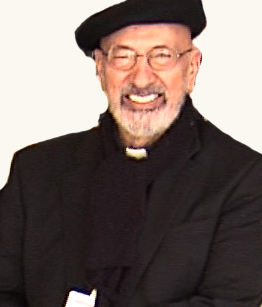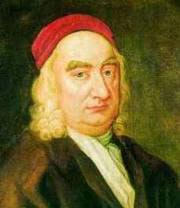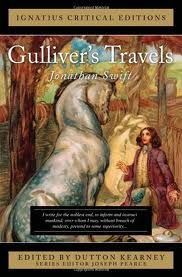Podcast: Play in new window | Download (Duration: 27:32 — 18.9MB) | Embed
Subscribe: Apple Podcasts | Spotify | Amazon Music | Android | Pandora | iHeartRadio | JioSaavn | Podchaser | Gaana | Podcast Index | Email | TuneIn | Deezer | Anghami | RSS | More
Beginning to Pray: “The Last Retreat – Day 14 ” pt 1 – “Be rooted in Jesus Christ.”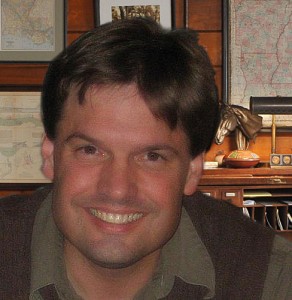
From “Last Retreat Day 14” found in The Complete Works vol 1:
36. “It seems to me that all is loss since I have known the excelling knowledge of my Lord, Jesus Christ. For love of Him I have forfeited everything; I have accounted all else rubbish that I may gain Christ, so as to be found in Him, not with my own justice but with the justice that comes from God through faith. What I want is to know Him, to share in His sufferings, to become like Him in His death. I pursue my course, striving to attain to what Christ has destined me for by taking hold of me; my whole concern is to forget what is behind and to strain forward constantly to what is ahead; I run straight to the goal . . . , to the prize of the heavenly vocation to which God has called me in Christ Jesus.” 212 The Apostle has often revealed the greatness of this vocation: “God,” he says, “has chosen us in Him before the creation of the world that we might be holy and immaculate in His presence in love. . . . We have been predestined by the decree of Him who works all things according to the counsel of His will, so that we may be the praise of His glory.” 213
37. But how do we respond to the dignity of this vocation? This is the secret: “Mihi vivere Christus est! . . . Vivo enim, jam non ego, vivit vero in me Christus. . . .” 214 We must be transformed into Jesus Christ; again it is St. Paul who teaches me this: “Those whom God has foreknown, He has predestined to be conformed to the image of His Son.” 215 It is important then that I study this divine Model so as to identify myself so closely with Him that I may unceasingly reveal Him to the eyes of the Father. First of all, what did He say when He came into the world? “Here I am, O God, I come to do your will.” 216 I think that this prayer should be like the bride’s heartbeat: 217 “Here we are, O Father, we come to do your will!”
We would like to offer heartfelt thanks to
Miriam Gutierrez for providing for us “the voice” of Blessed Elizabeth for this series
For other episodes in the series visit the Discerning Hearts page for Dr. Anthony Lilles
Anthony Lilles, S.T.D. is an associate professor and the academic dean of Saint John’s Seminary in Camarillo as well as the academic advisor for Juan Diego House of Priestly Formation for the Archdiocese of Los Angeles. For over twenty years he served the Church in Northern Colorado where he joined and eventually served as dean of the founding faculty of Saint John Vianney Theological Seminary in Denver. Through the years, clergy, seminarians, religious and lay faithful have benefited from his lectures and retreat conferences on the Carmelite Doctors of the Church and the writings of Blessed Elisabeth of the Trinity. After graduating from Franciscan University of Steubenville, he completed licentiate and doctoral studies in spiritual theology at the Angelicum in Rome. In 2012, he published Hidden Mountain, Secret Garden: a theological contemplation of prayer by Discerning Hearts. Married with two young adult children pursuing their careers and a teenager still at home, he has settled in family in Oxnard, California.

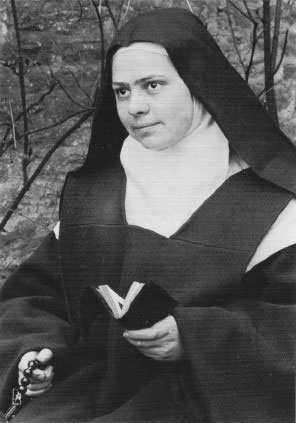
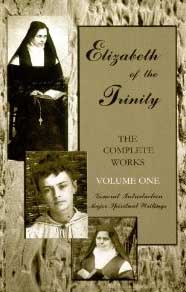
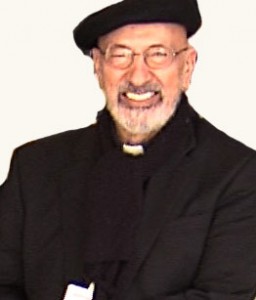

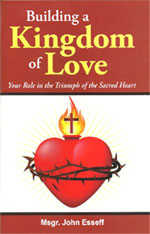
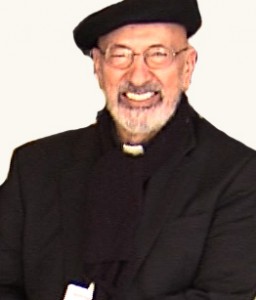
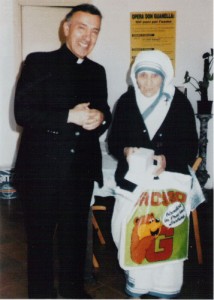
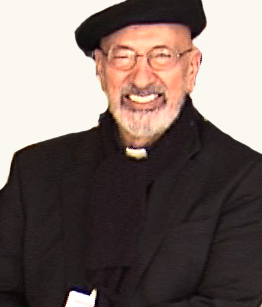
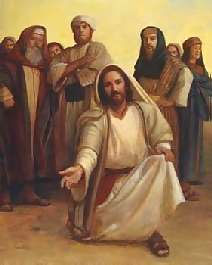 may involve suffering, fatique, and even moments of great physical or emotional pain, but none of this pull you away from your deepest self or from God. Those who want to be helpful to their community must ask themselves, “What do I need to be present to and what is it that I need to refrain from?
may involve suffering, fatique, and even moments of great physical or emotional pain, but none of this pull you away from your deepest self or from God. Those who want to be helpful to their community must ask themselves, “What do I need to be present to and what is it that I need to refrain from? Msgr. Esseff refers repeatedly in this podcast to “The Manual for Spiritual Warfare” by Dr. Paul Thigpen Ph.D. which he HIGHLY RECOMMENDS!
Msgr. Esseff refers repeatedly in this podcast to “The Manual for Spiritual Warfare” by Dr. Paul Thigpen Ph.D. which he HIGHLY RECOMMENDS!
